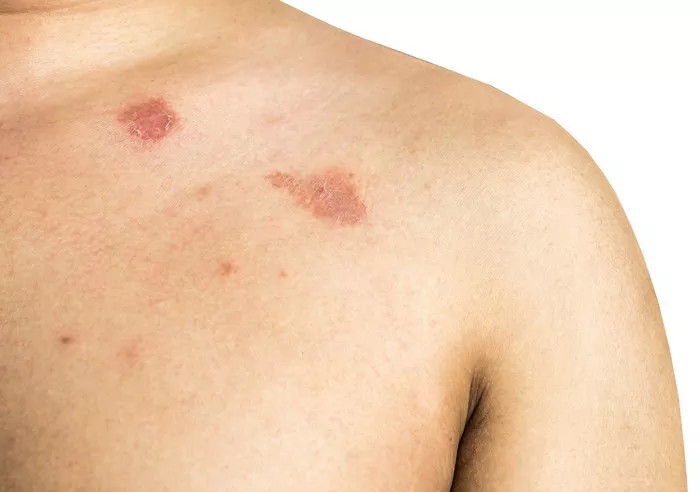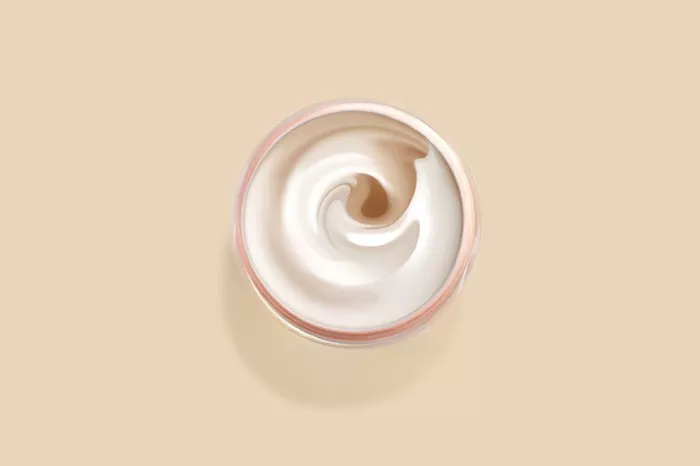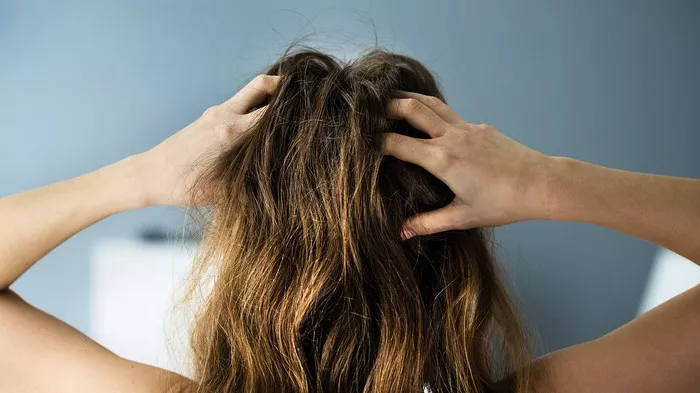Ringworm is a fungal infection that can affect the skin, hair, and nails. Despite its name, it is not caused by a worm but by a type of fungus known as dermatophytes. These fungi live off the keratin found in the outer layers of the skin, hair, and nails. One of the key components in the spread and infection process of ringworm is the presence of spores. In this article, we will explore what ringworm spores are, how they spread, and how they cause infection.
What Are Ringworm Spores?
Ringworm spores are microscopic reproductive units produced by the fungi responsible for causing ringworm infections. Spores are similar to seeds in plants; they are designed to survive harsh conditions and spread to new areas. These spores are incredibly resilient and can survive for long periods, especially in warm, moist environments. When spores come into contact with human skin, they can lead to an infection, causing the characteristic ring-shaped rash.
The Role of Spores in Ringworm Infections
Spores play a crucial role in the lifecycle of the fungi that cause ringworm. These fungi do not spread through the air by means of traditional seeds, but rather through their spores. The spores are produced in great numbers and are the primary method by which the fungi spread and infect new hosts. Once the spores land on a person’s skin, especially in areas that are warm and moist, they can begin to germinate, leading to an active infection.
When the spores land on a surface or skin, they will begin to grow and spread. Under favorable conditions, such as warmth and humidity, the fungi will multiply rapidly, spreading outward in a circular pattern, which is how the characteristic “ring” shape of the rash develops.
How Ringworm Spores Spread
Ringworm spores are highly contagious and can spread in several ways. Understanding how they spread is key to preventing the infection.
Human to Human Transmission
One of the most common ways ringworm spores spread is through direct skin-to-skin contact. When an infected person touches another person’s skin, the spores can transfer. This is particularly common in areas like sports teams or households, where individuals are in close physical contact. The risk of transmission is higher in individuals who have broken skin, making it easier for the spores to enter the body.
Animal to Human Transmission
Ringworm spores can also be spread from animals to humans. Many animals, including cats, dogs, and livestock, can carry ringworm fungi on their skin or fur. This is especially true for animals that may not show visible signs of infection. When a human touches an infected animal or comes into contact with their fur, they can be exposed to the spores.
Contaminated Objects
Another way ringworm spores can spread is through contaminated objects. Items like towels, combs, clothing, and bedding that have been in contact with infected skin can carry spores. If someone uses these objects, they can potentially contract the infection. This is why it is important to regularly wash and disinfect items that may come into contact with the skin.
Soil Exposure
In some cases, ringworm spores can also be found in soil. People who spend time in contaminated soil, such as gardeners or those who work in agricultural settings, may be at risk of exposure. However, this type of transmission is less common than human-to-human or animal-to-human contact.
How Ringworm Spores Cause Infection
When ringworm spores land on the skin, they begin to invade the outer layer of the skin. The fungi feed off keratin, a protein found in the skin, hair, and nails. As the fungi grow, they release enzymes that break down the keratin and allow the infection to spread. This leads to the development of the telltale rash and other symptoms of ringworm.
The infection typically starts small, but if not treated, it can expand. The rash appears as a red, itchy, circular patch, often with raised edges. In some cases, the area may become scaly, and blisters or pustules may form. Ringworm can also cause hair loss in the affected area, especially if the scalp is involved.
The Symptoms of Ringworm
The symptoms of ringworm vary depending on which part of the body is affected. The most common symptoms include:
Itching: The infected area is usually very itchy, which can be uncomfortable and cause scratching.
Red, Raised Rash: The rash is often circular in shape with a clear center, resembling a ring. The skin around the center may appear red or inflamed.
Scaling: The skin may begin to flake or peel as the fungi grow and spread.
Blisters or Pustules: In some cases, ringworm may cause blisters to form on the infected area.
Hair Loss: Ringworm can cause hair loss if it affects the scalp. The hair may become brittle and break off.
How to Prevent the Spread of Ringworm Spores
Preventing the spread of ringworm spores requires taking certain precautions. These steps can help reduce the likelihood of coming into contact with the spores or spreading them to others.
1. Practice Good Hygiene
Regularly washing your hands with soap and water is one of the most effective ways to prevent ringworm. It’s especially important to wash your hands after coming into contact with animals, contaminated objects, or people who may have the infection.
2. Avoid Sharing Personal Items
Do not share towels, combs, brushes, or clothing with others, particularly if you know they have ringworm. The spores can easily transfer from one person to another through shared items.
3. Keep Your Skin Clean and Dry
Ringworm spores thrive in warm, moist environments, so it’s important to keep your skin clean and dry. After showering or swimming, make sure to thoroughly dry your skin, especially in areas where the infection is more likely to develop, such as between the toes or in skin folds.
4. Wear Protective Gear
If you are in an environment where you may be exposed to ringworm, such as a gym or sports facility, wear protective clothing. For example, wear flip-flops in communal showers, and ensure that your clothing and equipment are clean and dry after use.
5. Treat Infected Pets
If you suspect that your pet has ringworm, take them to the vet for diagnosis and treatment. Do not handle them excessively, and make sure to disinfect any areas that may have come into contact with the infected animal.
6. Disinfect Surfaces
Regularly cleaning and disinfecting surfaces that may come into contact with ringworm spores is important, especially in shared spaces. This includes cleaning floors, gym equipment, and any items that may have been touched by an infected person.
How Is Ringworm Treated?
The good news is that ringworm is treatable. Treatment typically involves antifungal medications, either topical or oral, depending on the severity of the infection.
Topical Antifungal Treatments
For mild cases of ringworm, topical antifungal creams, lotions, or powders can be used. These treatments are applied directly to the infected area and can help to eliminate the fungi causing the infection. Common antifungal agents include clotrimazole, miconazole, and terbinafine.
Oral Antifungal Medications
In more severe cases or if the infection affects the scalp or nails, oral antifungal medications may be required. Medications like terbinafine and itraconazole are often prescribed to eliminate the infection from the inside out.
Home Care
In addition to antifungal treatments, there are some home care tips to aid in recovery. Keep the affected area clean and dry, and avoid scratching the rash, as this can lead to further irritation and spread the infection.
Conclusion
Ringworm spores are a key factor in the spread and infection process of this common fungal infection. These microscopic spores can survive in a variety of environments and are easily spread through contact with infected individuals, animals, and contaminated objects. Understanding the role of spores in ringworm infection is essential for preventing its spread and ensuring effective treatment. By practicing good hygiene, avoiding direct contact with infected individuals, and keeping your environment clean, you can reduce your risk of becoming infected with ringworm.
Related topics



























